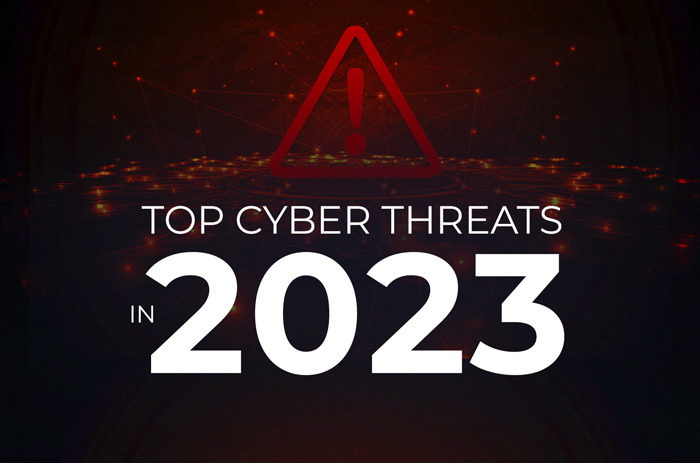It’s no secret that most cyberattacks are designed for financial gain — cybercrime generates trillions of dollars of income each year for threat actors worldwide. However, recent trends suggest that malware is increasingly weaponized to cause as much damage as possible.
Cybersecurity
Cyber insurance has become a vital component of the risk management framework, providing a hedge against financial losses stemming from cyberattacks. However, these policies have become more expensive and difficult to obtain due to an explosion of new digital threats. One of the many ways underwriters are attempting to balance their risk is by making multifactor authentication (MFA) a mandatory requirement for coverage.
Digital transformation has enabled the oil and gas industry to boost productivity, increase efficiency and reduce costs. Unfortunately, it has also increased the possibility of cyberattacks with the potential for creating global chaos.
Active Directory (AD) has played a critical role in the development of modern computer networks since being introduced by Microsoft in 1999. As the central repository for information about all user accounts and other network resources in Windows environments, it supports a host of essential tasks and services.
Hybrid and remote workforces, accelerated cloud usage and interconnected supply chains all help modern organizations become more agile and responsive, but there’s a price to be paid.






